By 2025, Quang Tri province's agriculture will have accompanied the country's agriculture on the journey of innovation. According to the comments of some agricultural experts, on July 1, 1989, when the province was newly re-established, agricultural production in Quang Tri fields had taken shape and brought about efficiency at different levels, but it was not until 1990 that the province's agriculture had a clear roadmap, and began to receive stronger, more comprehensive and more effective investment.
In this roadmap, it is impossible not to mention the spectacular progress in the agricultural economy, from severe food shortages to rice exports, from contracting mechanisms to applying circular agriculture, sustainable development in the direction of "ecological agriculture, modern countryside, civilized farmers".
New features in the fields of Hai Que commune, Hai Lang district - Photo: D.TT
Strong "pushes" from policy
We had the opportunity to talk with Mr. Thai Ngoc Que, former Chairman of Nam Thanh Cooperative, Cam Thanh Commune for 8 years (from 1979 to 1986, during this period the locality belonged to Ben Hai District, then Dong Ha Town). Mr. Que currently lives in Binh My Village, Cam Tuyen Commune, Cam Lo District.
When mentioning the imprints of the renovation process that have positively impacted agricultural production, Mr. Que said that “contract 100” and then “contract 10” are major policies of the Party. These policies are like “magic wands” that awaken the potential of land, mobilize human resources and, more importantly, arouse the will to become masters of the fields, change the production mindset in a positive and proactive direction of millions of farmers who always cherish the desire to change their lives.
It can be seen that after the country's reunification, due to many objective and subjective reasons, the food shortage situation occurred seriously throughout the country. On January 13, 1981, Directive No. 100-CT/TW of the Central Party Secretariat on improving the contracting work, expanding the "final product contracting to labor groups and workers" in agricultural cooperatives (also known as Contract 100) was issued as the first breakthrough in innovation of management mechanisms, planning and economic accounting in agriculture, which was widely responded by farmers. With Contract 100, farmers had full rights to buy, sell and use the amount of rice exceeding the cooperative's contract. The immediate effect was that farmers were less hungry.
On April 5, 1988, the Politburo issued Resolution No. 10-NQ/TW (also known as Resolution 10, Contract 10) on innovation in agricultural economic management. This was truly a strong "push" to promote the development of agricultural production nationwide. Contract 10 acknowledged that "farming households are autonomous economic units" in all stages of the process from production to distribution and use of products, especially being granted the right to use land and means of production for a long time. Resolution 10 once again affirmed the idea of "liberating productive forces" and in the relationship of interests, emphasizing "especially the interests of workers".
From here, the economic function of the farmer household was re-established. In fact, Contract 10 created a miraculous effect in the economy, promoting the rapid transformation of the country's agriculture, especially the food production industry, from a place where people were constantly hungry to gradually having enough to eat, with a surplus of high-quality rice for export. According to statistics, in 1988, the country's food output reached 19.58 million tons, but only 1 year after Resolution 10, in 1989 this number increased to 21.58 million tons and for the first time Vietnam exported more than 1.2 million tons of rice, farmers' lives began to improve.
Following Resolution No. 26-NQ/TW dated August 5, 2008 of the 10th Party Central Committee on agriculture, farmers, and rural areas, on June 16, 2022, the 13th Party Central Committee issued Resolution No. 19-NQ/TW "on agriculture, farmers, and rural areas to 2030, with a vision to 2045". It can be affirmed that through each stage of development, our Party has proposed major policies, creating a revolutionary shift in thinking in agriculture, building agriculture to be worthy of being the "pillar" of the country's economy.
" Tam Nong" aims at three major criteria
During the renovation process, Quang Tri agriculture has benefited from the achievements brought about by the Party's policies on developing the "three agriculture" sector.
Director of the Department of Agriculture and Rural Development of Quang Tri Ho Xuan Hoe said that, on that basis, the Quang Tri Provincial Party Committee has issued Action Program No. 46-CTHĐ/TU to implement Resolution No. 19-NQ/TW dated June 16, 2022 of the 5th Conference of the 13th Party Central Committee "on agriculture, farmers and rural areas to 2030, with a vision to 2045", with the viewpoint: Developing agriculture, farmers and rural areas is a key and regular political task of the entire political system and the whole society; must continue to prioritize resources for investment, ensuring harmonious development between rural and urban areas, between regions and localities; closely linking industrial development, agricultural services, sustainable rural development with the urbanization process in the direction of "ecological agriculture, modern countryside, civilized farmers".
Currently, in the province, high-quality rice production accounts for over 80% of the cultivated area, the large-field rice production area is estimated at 13,000 hectares. In addition, the area of various crops produced according to standards reaches over 1,200 hectares, of which 237.5 hectares are certified according to organic standards; 10 hectares are certified for organic conversion; 597 hectares are organic; 129.5 hectares are naturally cultivated rice; 119.9 hectares are VietGap; 149.92 hectares are food safety. The area of production and product consumption linkage reaches over 1,780 hectares of rice and hundreds of hectares of other crops. |
In 2007, the father of modern marketing Philip Kotler said at a conference in Ho Chi Minh City that if China is the “factory of the world”, India is the “office of the world”, then Vietnam should be the “kitchen of the world”.
For a purely agricultural province like Quang Tri, considering its potential and available advantages, if the product is positioned to immediately contribute to the "world's kitchen", in addition to famous spices such as pepper, chili, turmeric, ginger... many experts have "recommended" organic rice, clean rice of Quang Tri!
In order for agricultural products, especially Quang Tri organic rice, to deeply participate in the market and go further, the development and application of technical standards and regulations in production must be focused on. In the steps of the production process, it is necessary to increase the application of new science and technology, prioritizing biotechnology, circularity, and closed-loop technology according to value chains to ensure full utilization of all available resources, without wasting and squandering investment resources. From there, we aim to build organic and circular agricultural ecosystems.
Sepon Group employees use machines to roll straw after harvesting rice - Photo: D.TT
Mr. Ho Xuan Hieu, Chairman of the Board of Directors of Quang Tri Trading Corporation (Sepon Group) said that Sepon Group is currently cooperating with about 60 thousand farming households growing cassava, rice, rubber, corn, etc. In the delta region, Sepon Group marks the agricultural cycle from rice fields, with a closed circle "from field to table".
Broken rice and bran are produced from rice mills to produce animal feed for pig, cow, chicken and duck farms. Straw, rice husks and rice husks are used as biological bedding in animal husbandry. Animal and poultry waste at animal husbandry farms is used to produce organic fertilizer, which is then fertilized for rice plants. Animal husbandry products are supplied to supermarkets, hotels and restaurants under Sepon Group and outside.
Thus, the circle is closed from rice plants, Sepon Group serves rice plants. Thereby, Sepon Group has turned waste into profit, produced no surplus products, human and material resources are maximized. Thanks to that, the efficiency of the unit and the people is constantly increased.
Director of the Department of Agriculture and Rural Development of Quang Tri, Ho Xuan Hoe, affirmed that developing agriculture, rural areas, and farmers with the orientation of "ecological agriculture, modern rural areas, and civilized farmers" is one of the major and consistent policies, contributing significantly to the implementation of the goals of restructuring the agricultural sector towards increasing added value and sustainable development associated with the national target program on new rural construction.
Promoting the development of effective and sustainable agriculture in the direction of ecology, circular agriculture, and natural harmony, synchronously applying advanced science and technology to improve quality and added value is one of the key solutions that the provincial agricultural sector is actively implementing.
Dao Tam Thanh
Source: https://baoquangtri.vn/nhung-buoc-chuyen-minh-tren-canh-dong-lon-190751.htm


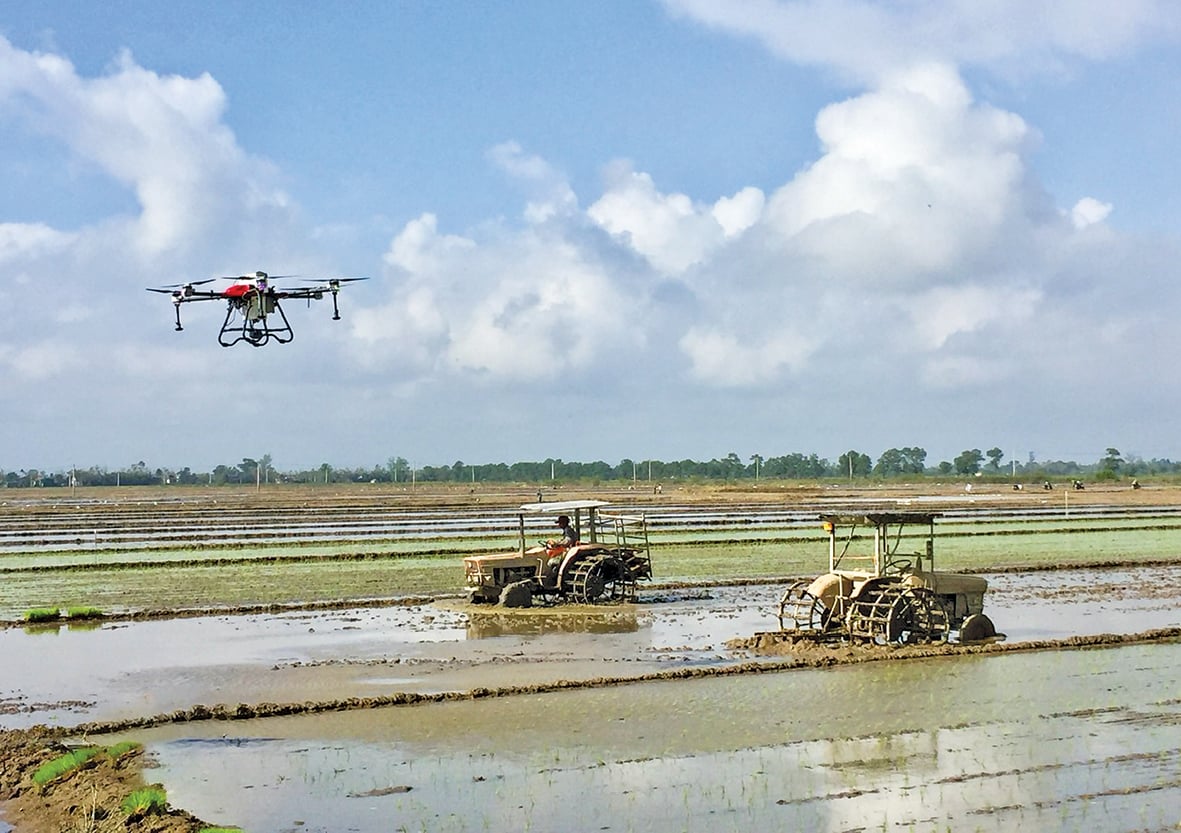
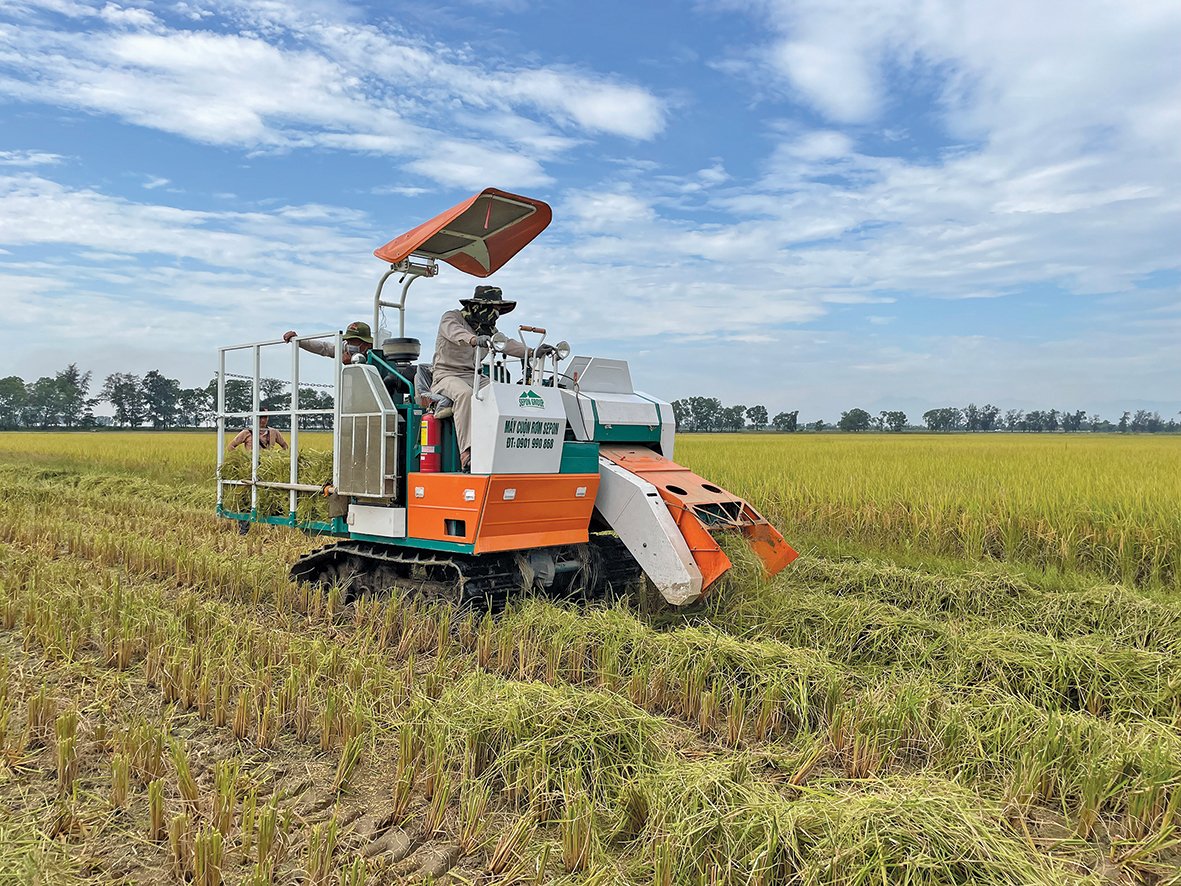



![[Photo] Third meeting of the Organizing Subcommittee serving the 14th National Party Congress](https://vstatic.vietnam.vn/vietnam/resource/IMAGE/2025/4/2/3f342a185e714df58aad8c0fc08e4af2)
![[Photo] General Secretary To Lam receives Russian Ambassador to Vietnam](https://vstatic.vietnam.vn/vietnam/resource/IMAGE/2025/4/2/b486192404d54058b15165174ea36c4e)

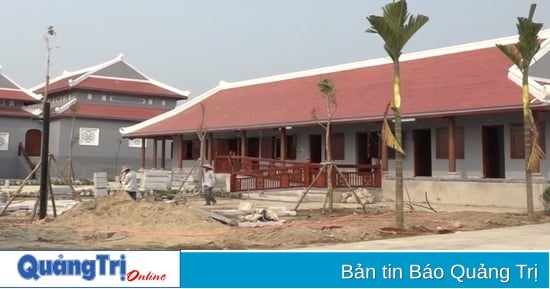
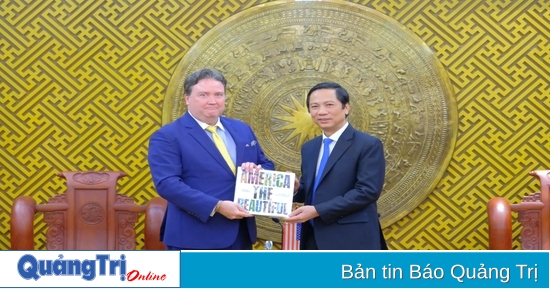
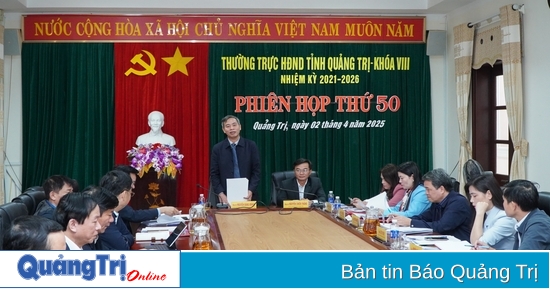
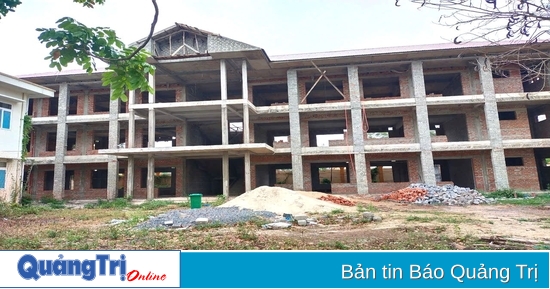
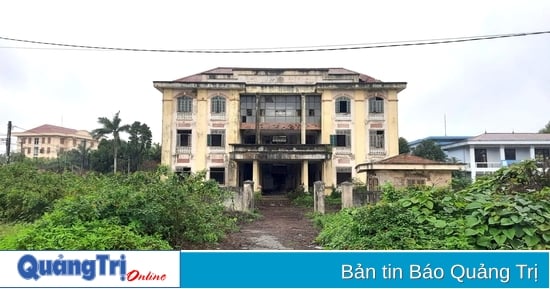
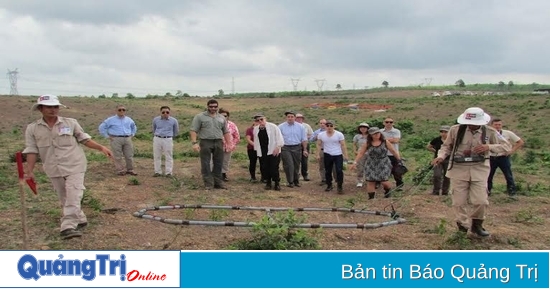
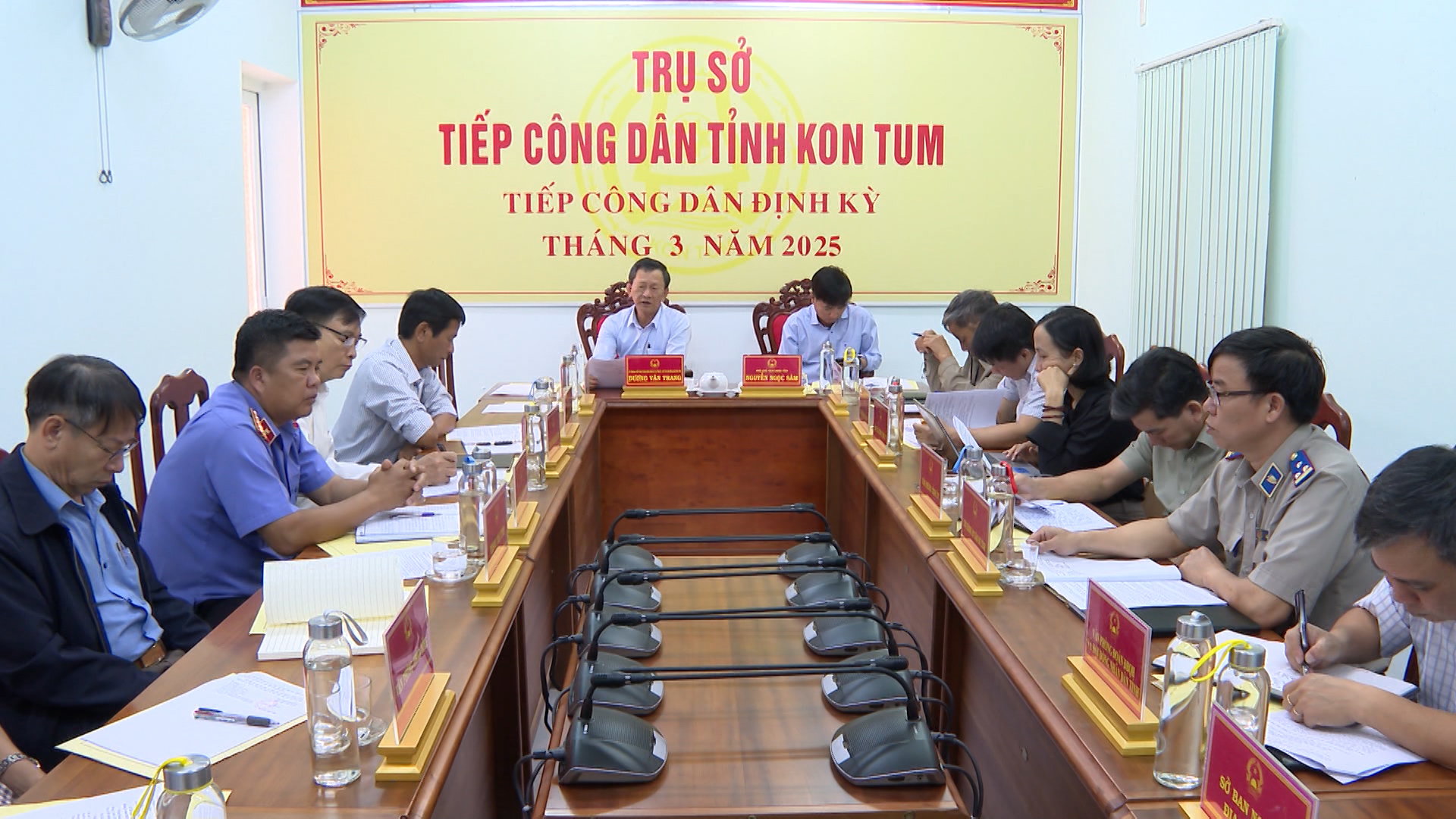

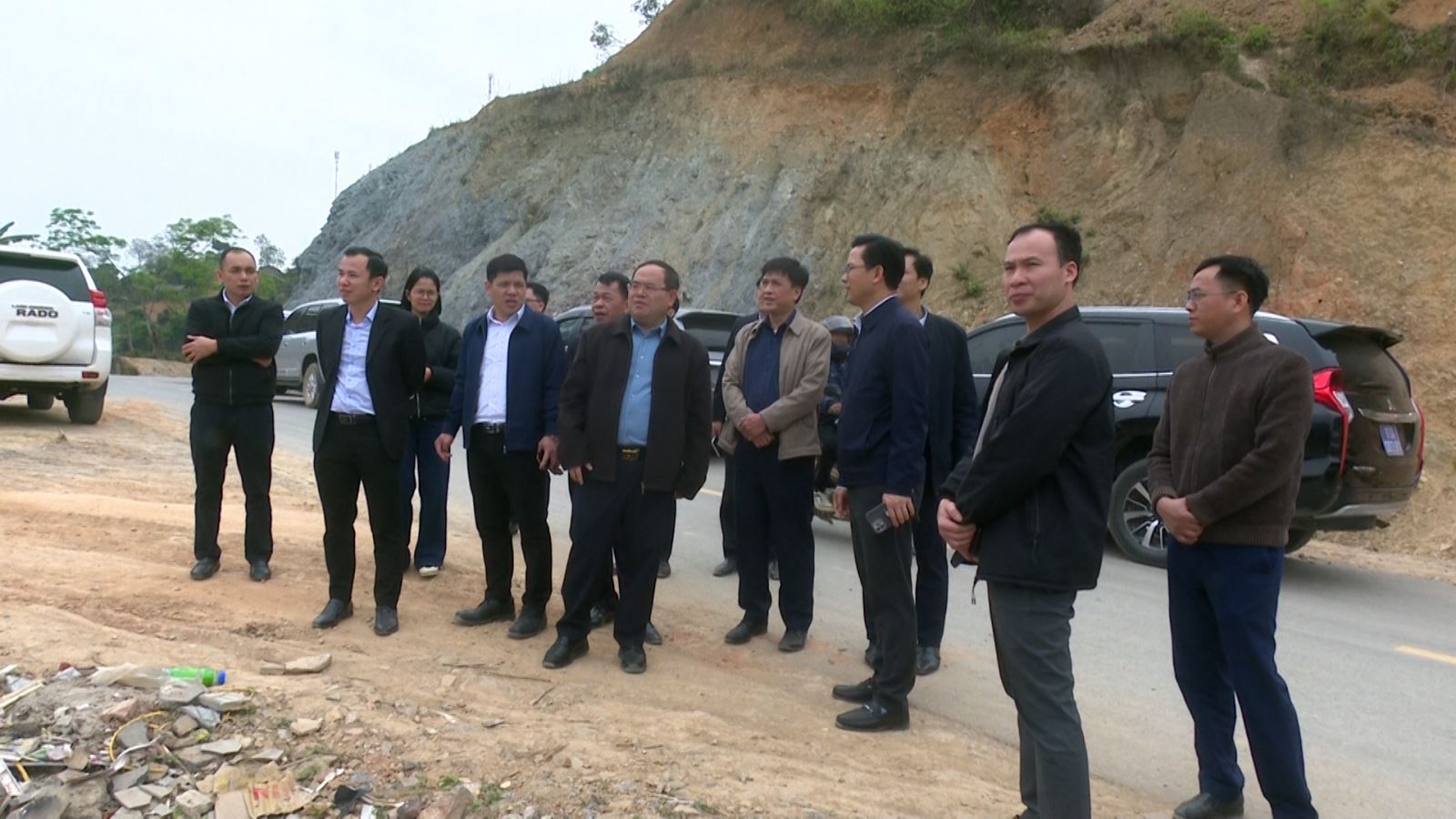
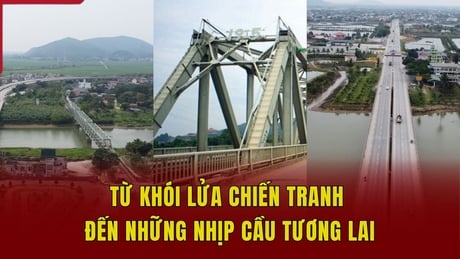
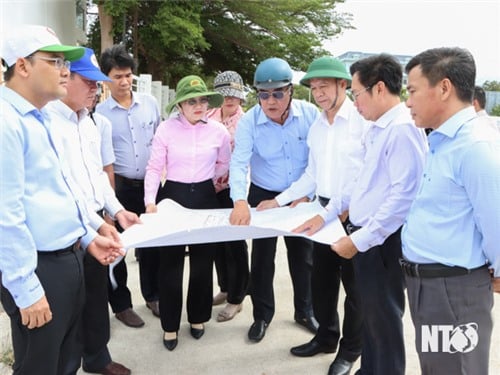
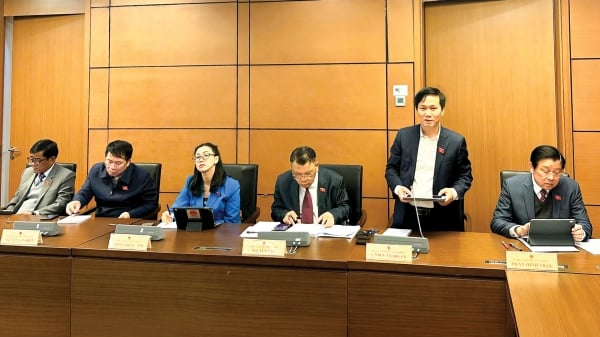



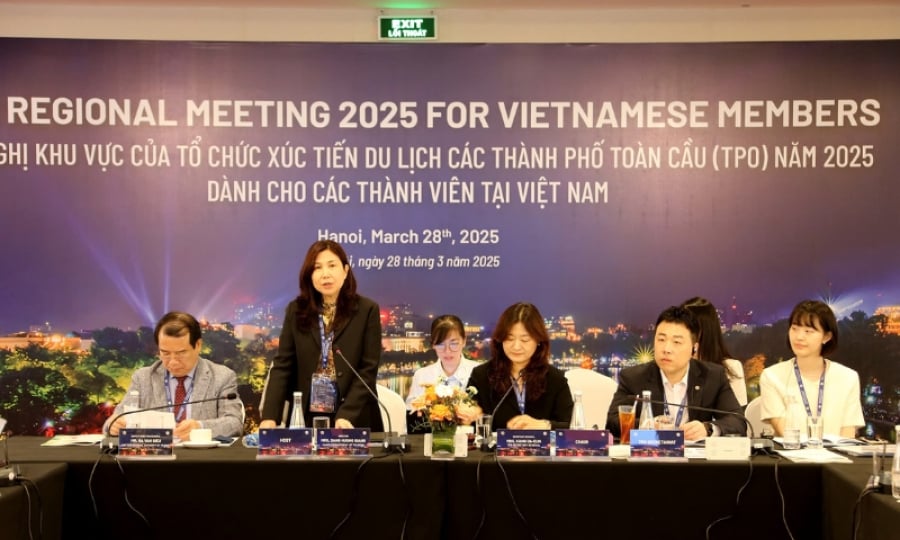
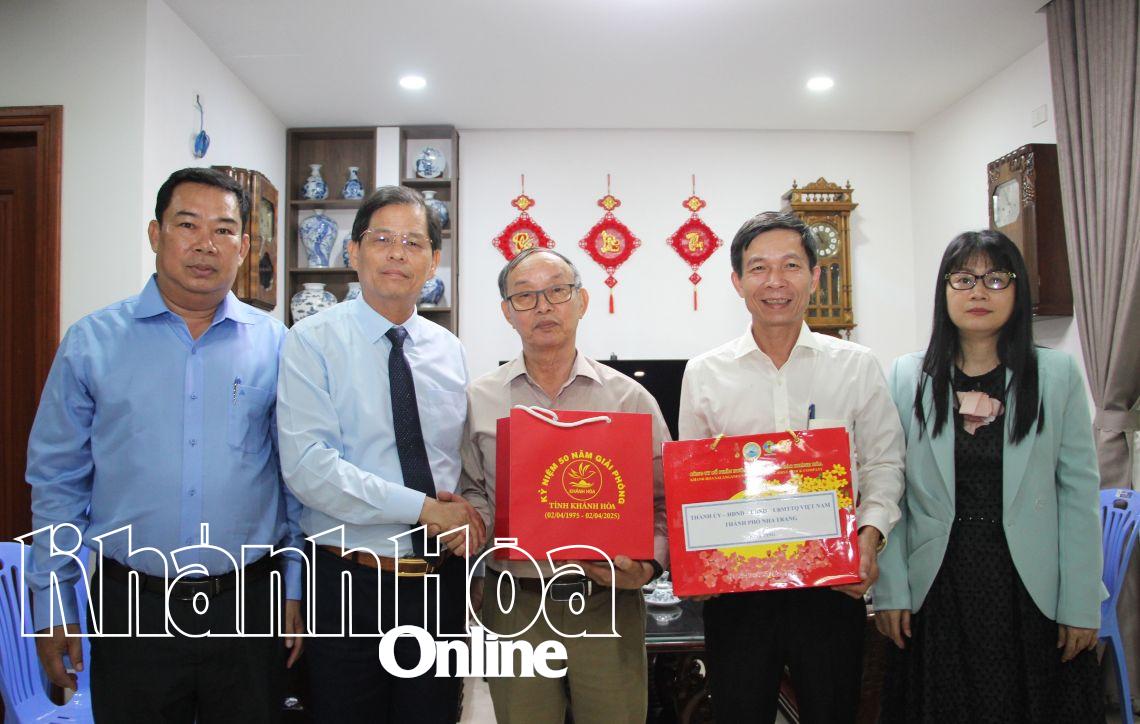


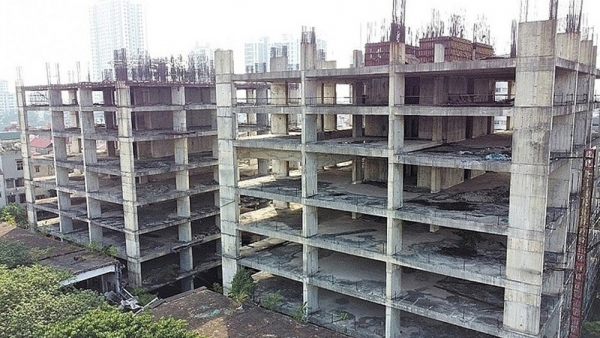
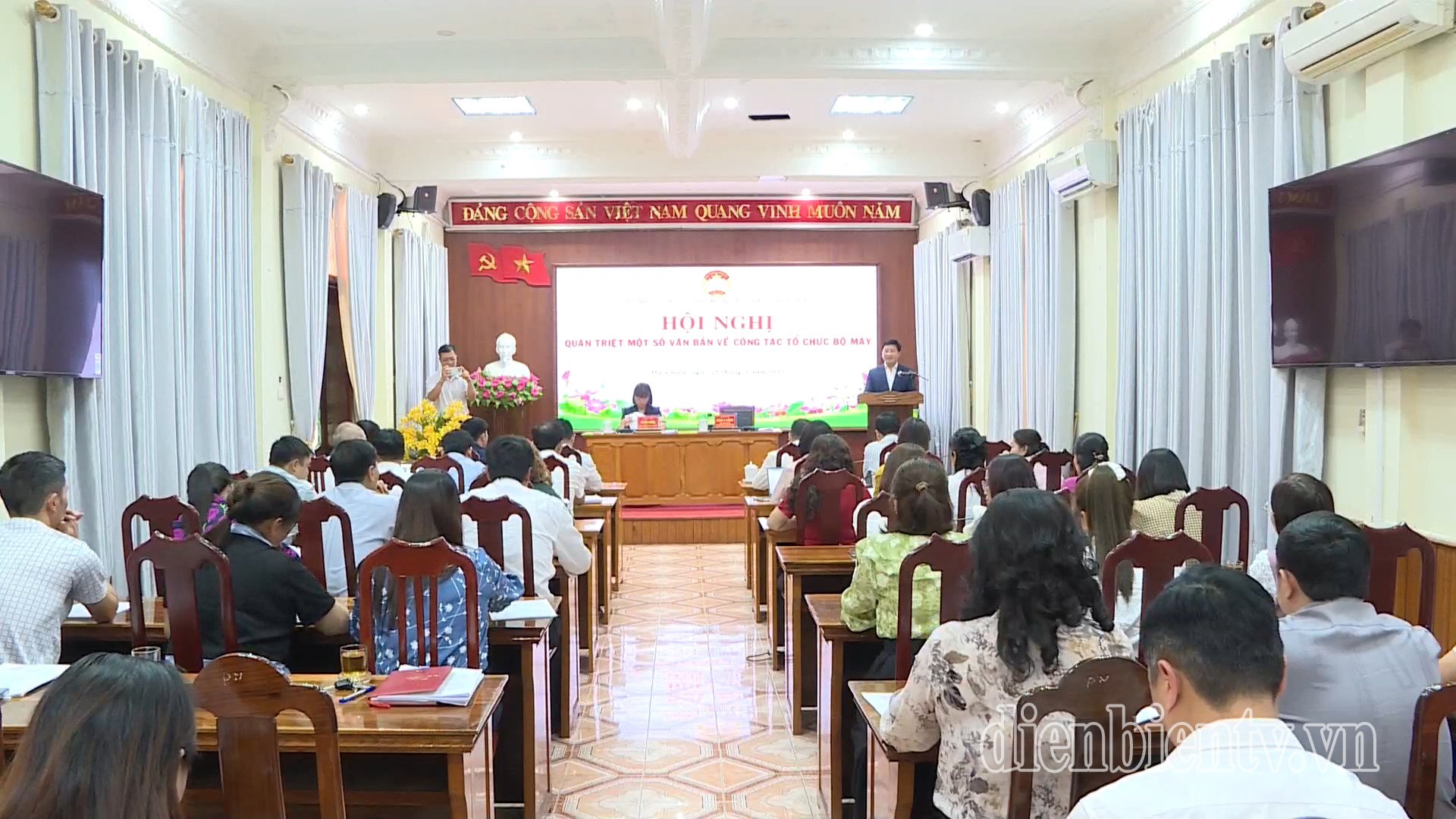
![[Photo] Relatives of victims of the earthquake in Myanmar were moved and grateful to the rescue team of the Vietnamese Ministry of National Defense.](https://vstatic.vietnam.vn/vietnam/resource/IMAGE/2025/4/2/aa6a37e9b59543dfb0ddc7f44162a7a7)







































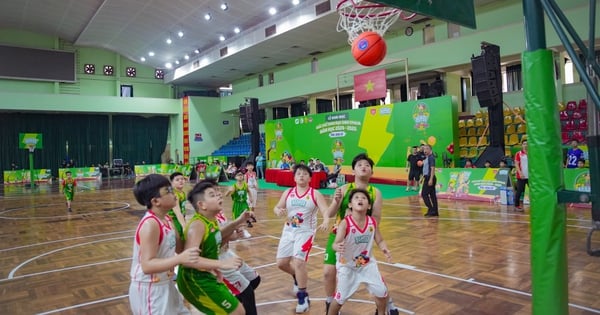





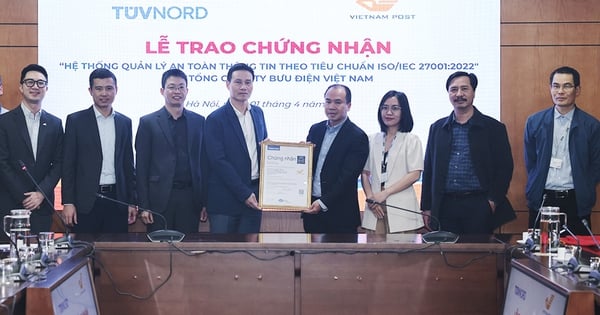


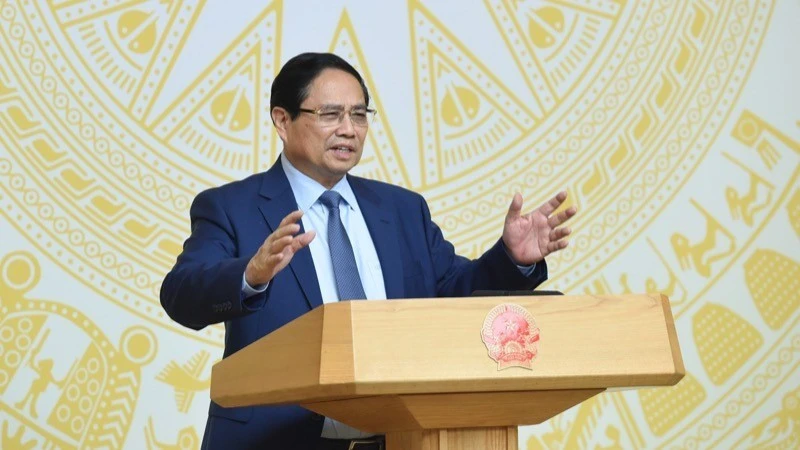

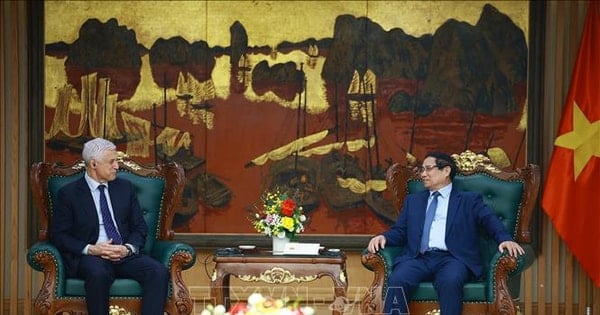

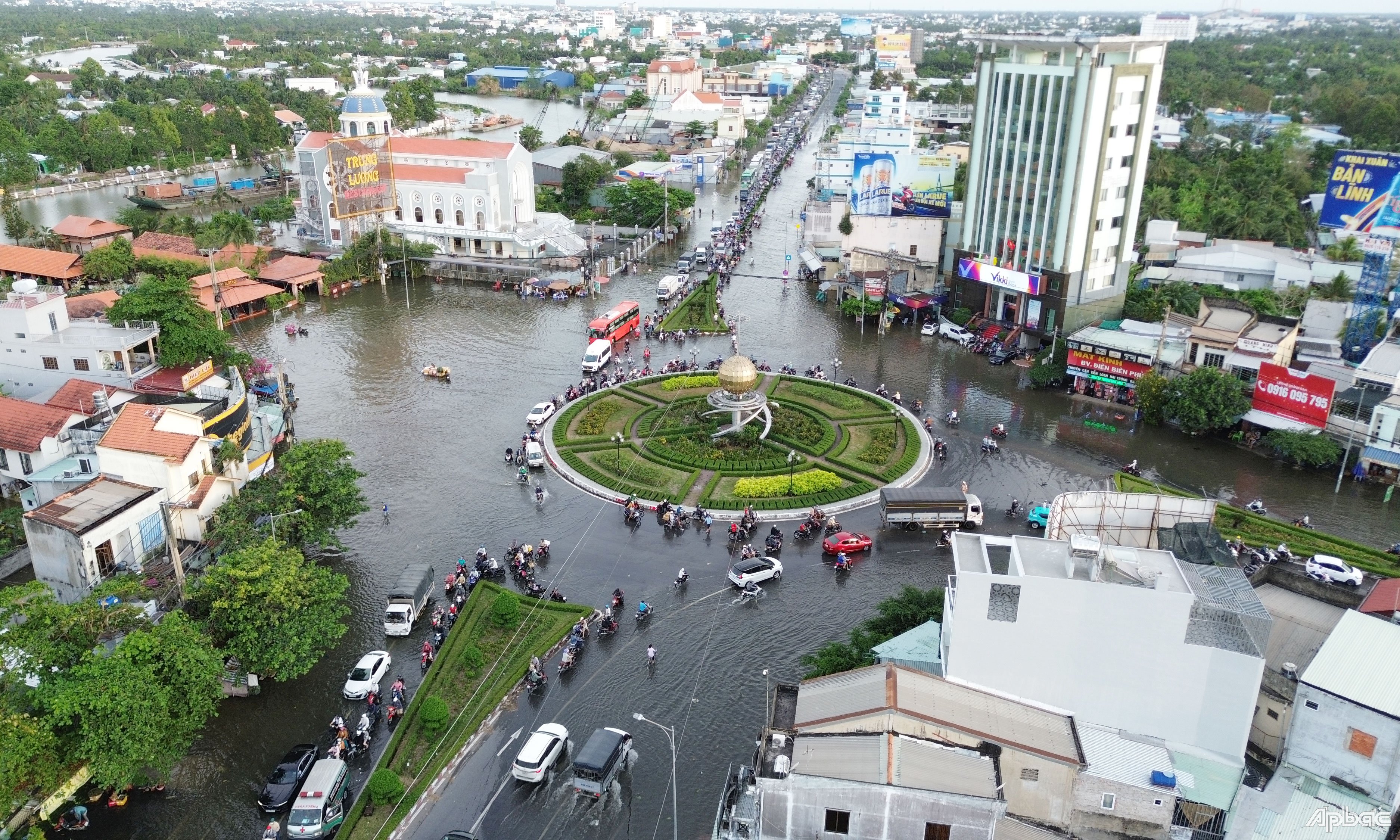













Comment (0)